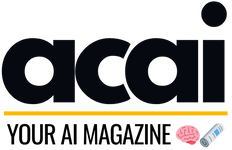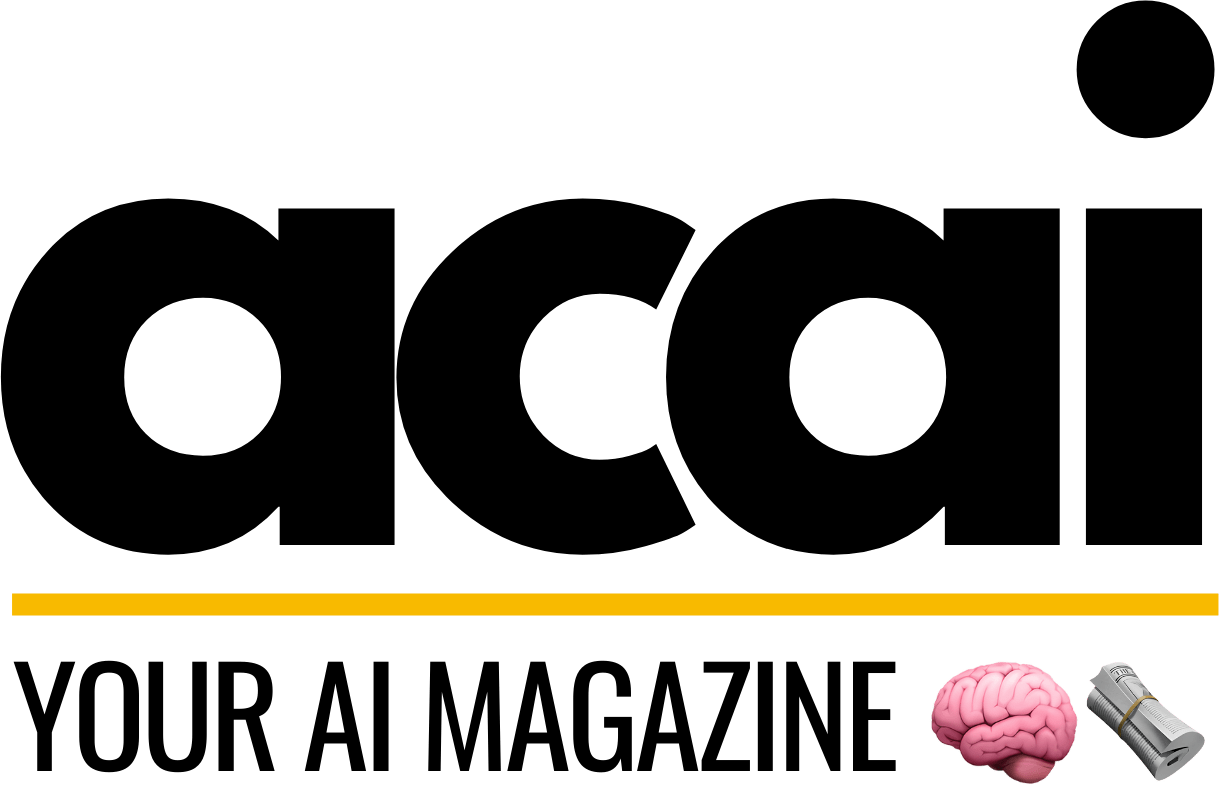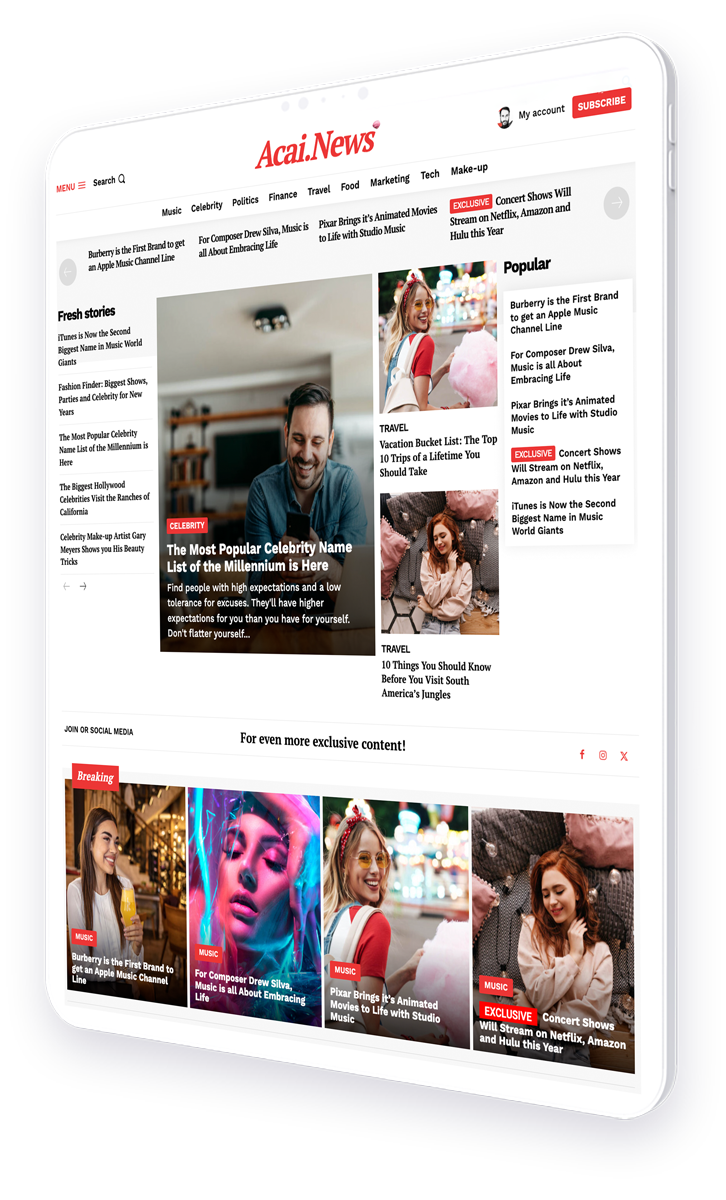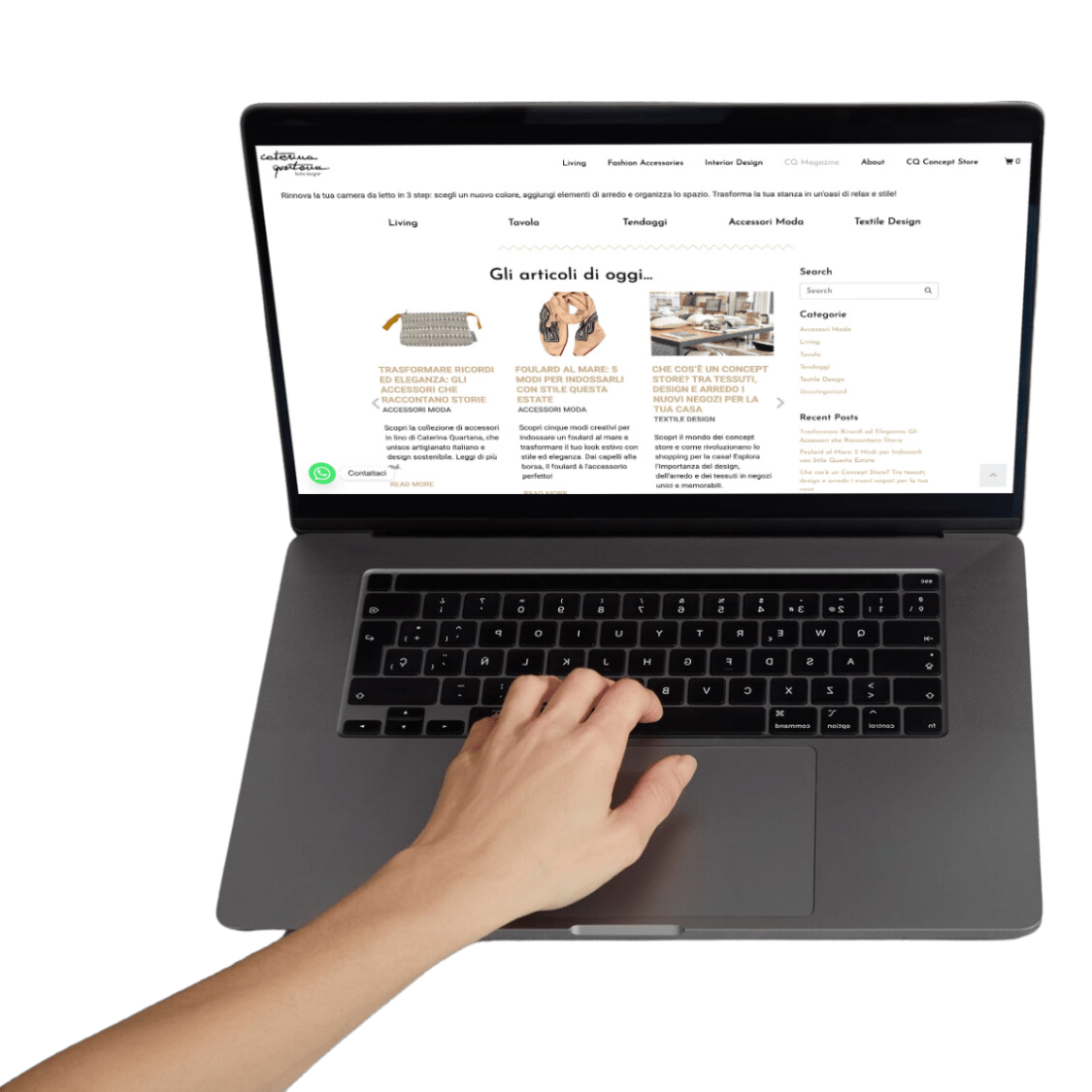Using artificial intelligence to improve site navigation and internal linking for SEO benefits
In the digital age, magazines have transitioned from print to online platforms, necessitating new strategies to engage readers. One of the most effective ways to enhance user engagement and improve SEO is through strategic internal linking. With the advent of artificial intelligence (AI), magazines can now optimize their internal linking strategies to increase time-on-site, enhance user experience, and boost search engine rankings.
The Importance of Internal Linking in Magazines
Internal linking is a crucial aspect of SEO that involves linking one page of a website to another page on the same site. For online magazines, internal linking serves several purposes:
- Improved Navigation: Internal links help readers easily navigate through related content, enhancing their overall experience.
- SEO Benefits: Search engines use internal links to discover and index pages, improving the site’s visibility.
- Increased Time-on-Site: By guiding readers to related articles, internal links can keep them engaged longer.
How AI Enhances Internal Linking Strategies
AI technologies have revolutionized the way magazines approach internal linking. Here are some ways AI can enhance internal linking strategies:
1. Automated Link Suggestions
AI algorithms can analyze content and automatically suggest relevant internal links. This not only saves time but also ensures that the most pertinent links are included. For instance, AI can identify keywords and topics within an article and suggest links to other articles that cover similar themes.
2. Personalized Content Recommendations
AI can track user behavior and preferences to provide personalized content recommendations. By analyzing a reader’s past interactions, AI can suggest articles that align with their interests, increasing the likelihood of prolonged engagement.
3. Dynamic Linking
AI enables dynamic linking, where internal links are updated in real-time based on user behavior and content performance. This ensures that the most relevant and high-performing articles are always linked, maximizing reader engagement.
Case Studies: Successful AI-Driven Internal Linking Strategies
Several online magazines have successfully implemented AI-driven internal linking strategies to enhance user engagement and SEO performance. Let’s explore a few examples:
Case Study 1: The New York Times
The New York Times has leveraged AI to optimize its internal linking strategy. By using machine learning algorithms, the publication can analyze reader behavior and suggest personalized content recommendations. This approach has resulted in a significant increase in time-on-site and reader engagement.
Case Study 2: Wired Magazine
Wired Magazine utilizes AI to automate link suggestions and update internal links dynamically. This strategy has improved site navigation and increased the average time readers spend on the site. As a result, Wired has seen a boost in its search engine rankings and overall user satisfaction.
Statistics: The Impact of AI on Internal Linking and SEO
Research and statistics highlight the positive impact of AI on internal linking and SEO:
- According to a study by Search Engine Journal, websites that implement AI-driven internal linking strategies experience a 30% increase in time-on-site.
- A report by HubSpot found that personalized content recommendations, powered by AI, can increase user engagement by up to 60%.
- AI-driven dynamic linking has been shown to improve click-through rates by 25%, according to a study by Moz.
Best Practices for Implementing AI-Driven Internal Linking Strategies
To effectively implement AI-driven internal linking strategies, magazines should consider the following best practices:
1. Leverage AI Tools and Platforms
Utilize AI tools and platforms that specialize in content analysis and link suggestions. These tools can automate the process and ensure that the most relevant links are included in each article.
2. Monitor and Analyze User Behavior
Regularly monitor and analyze user behavior to understand their preferences and interests. This data can inform AI algorithms and improve the accuracy of content recommendations.
3. Continuously Update and Optimize Links
Ensure that internal links are continuously updated and optimized based on content performance and user engagement metrics. Dynamic linking can help achieve this goal.
Conclusion: The Future of AI and Internal Linking in Magazines
As AI technology continues to evolve, its impact on internal linking strategies in magazines will only grow stronger. By leveraging AI-driven tools and techniques, magazines can enhance user engagement, improve SEO performance, and ultimately increase time-on-site. The integration of AI into internal linking strategies is not just a trend but a necessity for online publications looking to thrive in the digital landscape.
In conclusion, the use of AI in internal linking strategies offers a powerful opportunity for magazines to optimize their content, engage readers, and achieve their SEO goals. By embracing AI-driven solutions, magazines can stay ahead of the competition and provide a superior reading experience for their audience.




